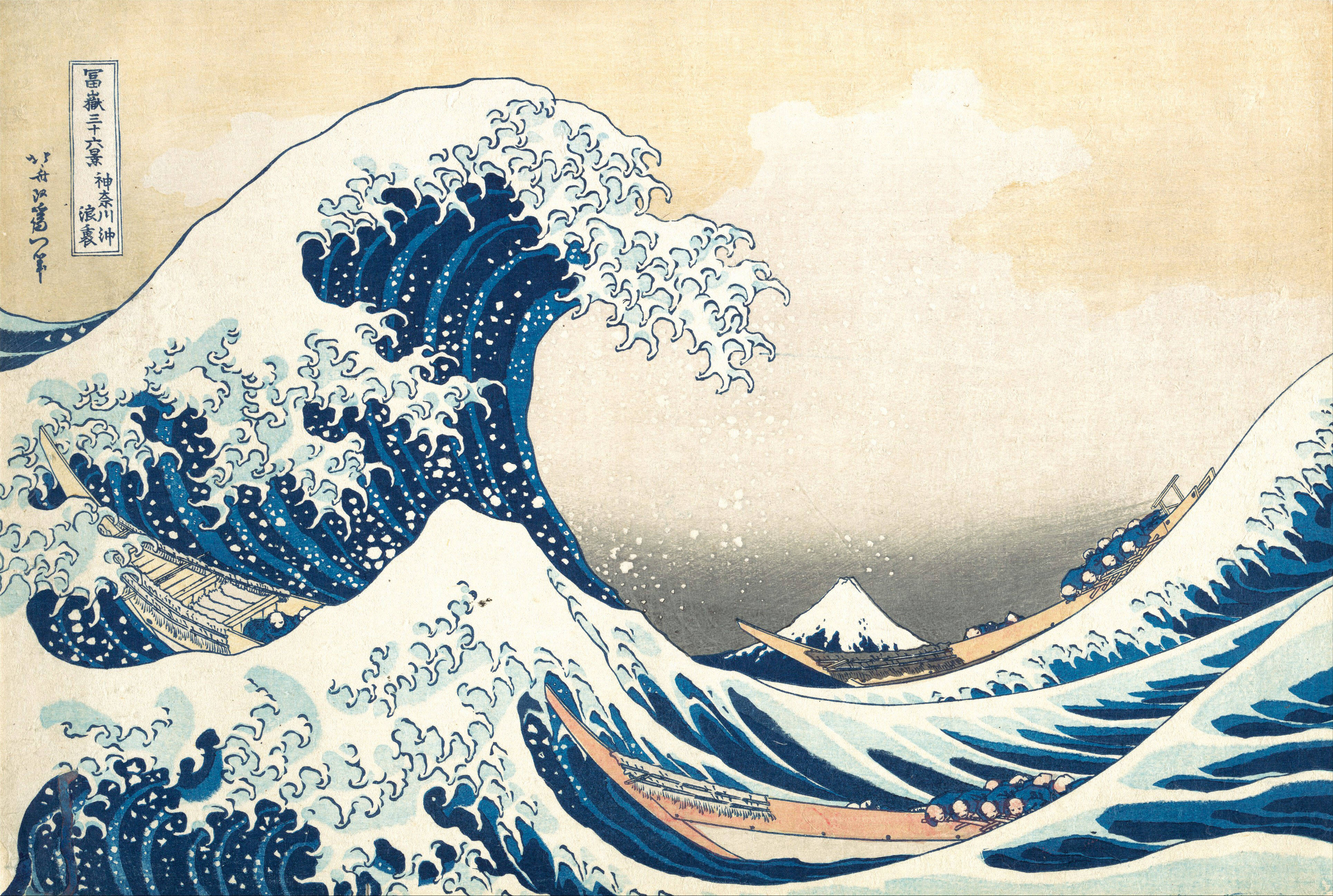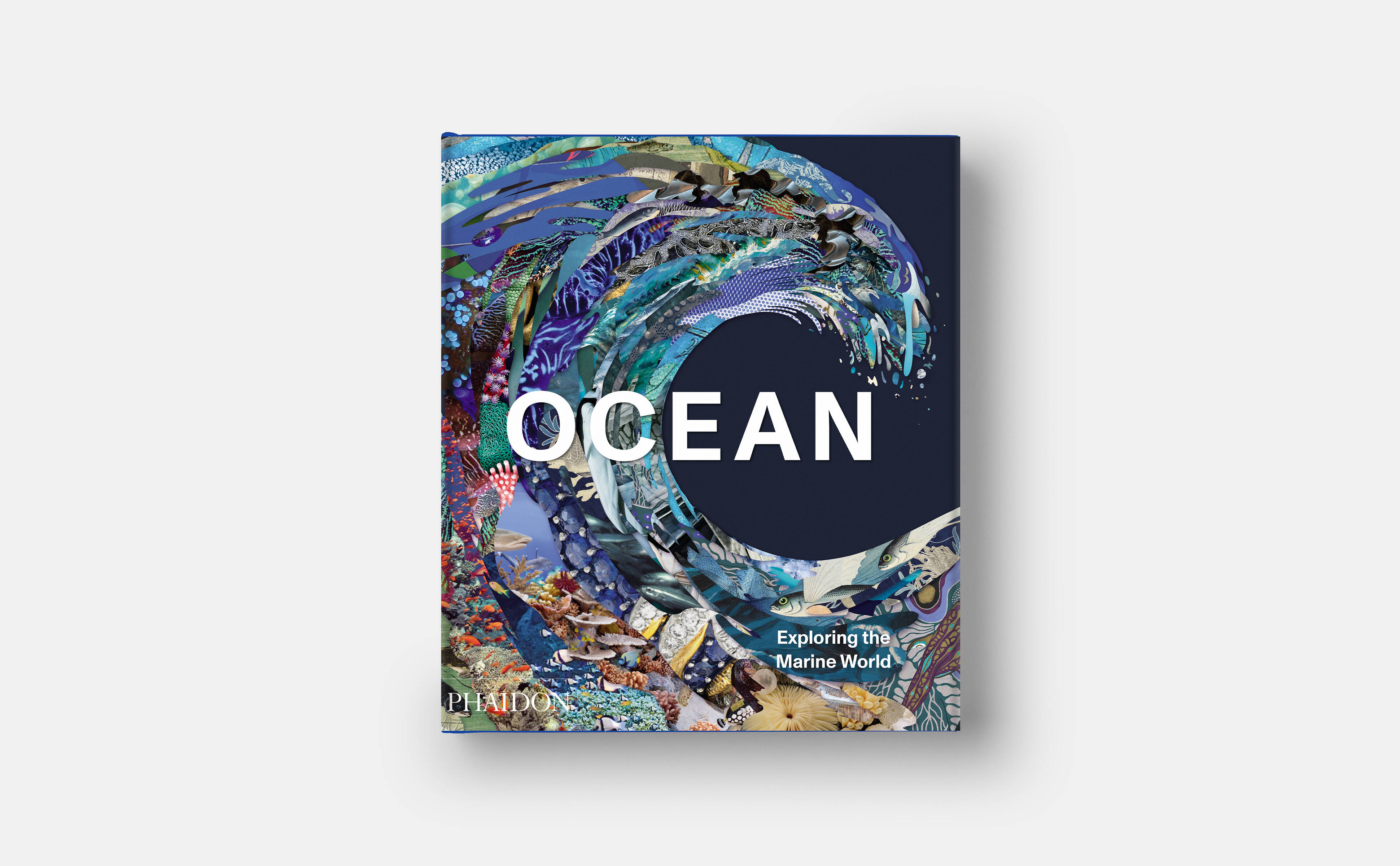
What Hokusai saw in the Ocean
Our new book explains how deep, East Asian philosophical ideas are captured in this famous image
Our new book Ocean is almost as capacious as the subject it addresses. Subtitled Exploring the Marine World, this new book takes a deep dive into the mystery, and beauty of the ocean and seas through more than 300 images - featuring underwater photography, oceanographic maps and scientific illustrations, as well as paintings, sculptures and popular films.
There are works by well-known artists, including Claude Monet, JMW Turner, Gustave Doré, John-James Audubon, and Damien Hirst. Yet there’s plenty more to the book besides these big names. Ocean contains an illustration from a once-banned Iranian children’s book; a photo of a submerged, ancient Egyptian relic; plenty of maps, anatomical drawings (some faithful, some fantastical); NASA’s visual renderings of a plankton bloom in the Barents Sea; and even stills from beloved kids movies such as Studio Ghibli’s, Ponyo, Pixar’s Finding Nemo and Disney’s The Little Mermaid.
Some are quite pretty to look at; others carry stories; others still have hidden depths. Consider one of the most famous images in the book: Katsushika Hokusai’s woodcut print, Under the Wave off Kanagawa (or The Great Wave). It’s wonderfully composed and coloured work, which influenced artist’s far beyond Japan’s shores. As the text in Ocean explains, Monet, Degas and Van Gogh all drew influence from such prints, which often showed everyday scenes (unusual in European art up until this point), and presented scenes from unconventional viewpoints.
Yet there’s more to Hokusai’s print. “At the centre of the image, Japan’s most famous volcanic mountain is dwarfed by the imperious power of a massive wave menacingly cresting above three fishing boats,” explains Ocean. “An intricate layering of indigo and imported Prussian blue, countered by the bright and crisp white surf, conveys depth and intense dynamism. At the mercy of swelling waves, the fishermen appear small and insignificant. The message is clear: nature’s power is uncontainable and can wipe away humanity in an instant. Like many marine scenes from around the world, The Great Wave carries an existentialist meaning: the turbulence of the waves symbolises the unpredictability of life while Mount Fuji exemplifies a quintessential Buddhist and Daoist notion of solemn stillness and immortality.”
While the scene may be wild, the artist’s own biography suggests that Hokusai’s working life was closer to the mountainous stability of Fuji, rather than the rising and falling of the ocean waves.
“Hokusai’s career spanned more than seven decades, through which he is said to have produced more than 30,000 works and illustrations for more than 250 books. The Great Wave, his best-known, was finished in 1832, when the artist was seventy-two years old.”

Ocean
For more on this image, as well as many others, order a copy of Ocean here.